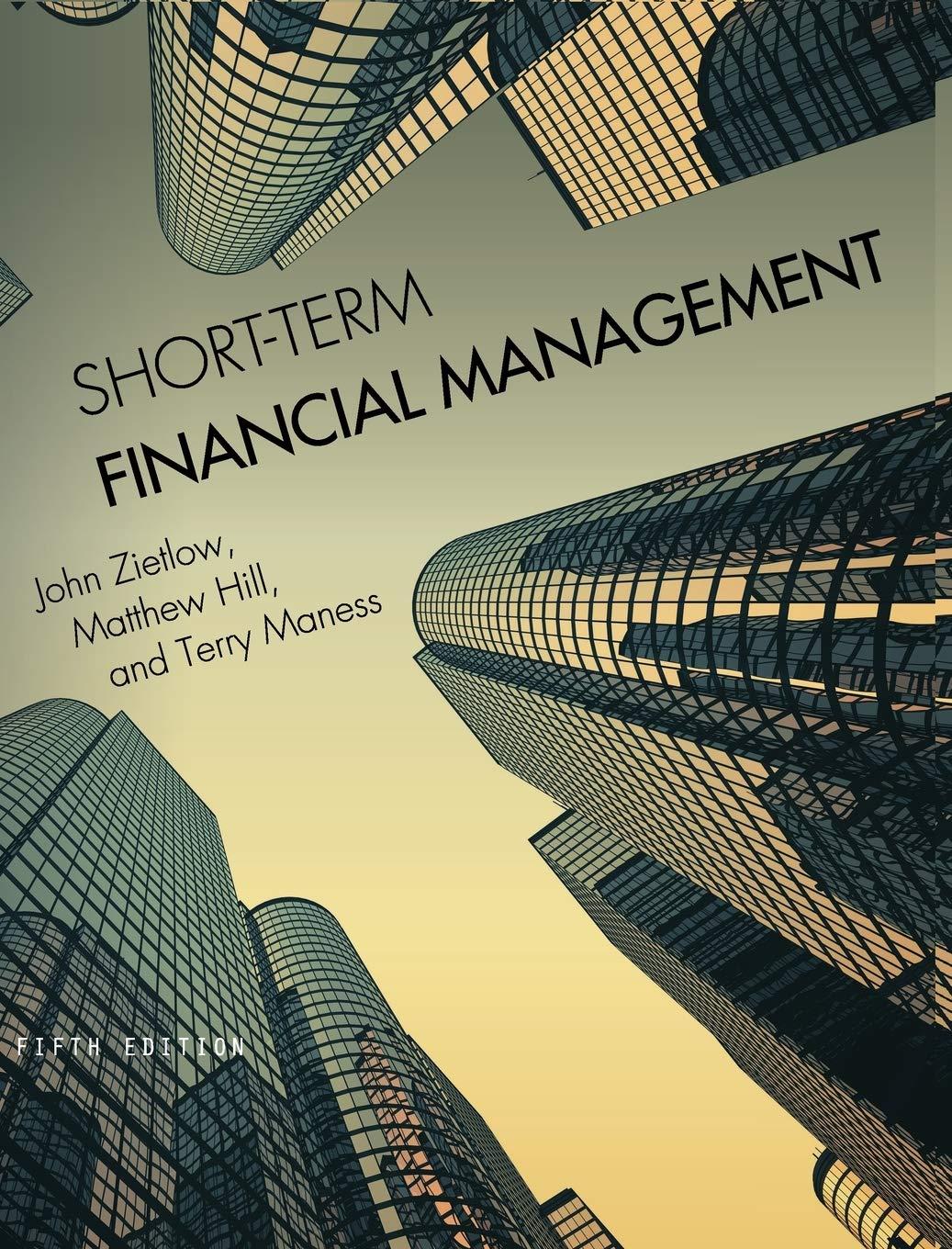QUESTION 30
At what payout percentage is a stock dividend typically considered a stock split, in accordance with the recommendation of the Financial Accounting Standards Board?
2.5 points
QUESTION 31
The conversion price divided into the market value of a convertible bond provides the conversion ratio.
True
False
2.5 points
QUESTION 32
The downside protection of a convertible bond's floor value insulates the investor from any possible loss.
True
False
2.5 points
QUESTION 33
Warrants never sell for more than their intrinsic value.
True
False
2.5 points
QUESTION 34
The conversion ratio is the
| | | | price at which a convertible security is exchanged into common stock. | |
| | | | ratio of conversion value to market value of a convertible security. | |
| | | | number of shares of common stock into which the convertible may be converted. | |
| | | | ratio of the conversion premium to market value of a convertible security. | |
2.5 points
QUESTION 35
A $1,000 par value bond with a conversion price of $50 has a conversion ratio of
2.5 points
QUESTION 36
The principle device used by the corporation to force conversion
| | | | is setting the conversion price above the current market price. | |
| | | | is reducing the amount of interest payments. | |
| | | | is buying bonds back at below par value. | |
| | | |
2.5 points
QUESTION 37
Which of the following is true about warrants?
| | | | At high stock prices, the warrant premium is high. | |
| | | | A rising stock price is usually followed by an increase in the price of the warrant. | |
| | | | Both of these options are true. | |
| | | | None of these options are true. | |
2.5 points
QUESTION 38
Warrants are
| | | | long-term options to sell shares of the issuing firm's stock. | |
| | | | fairly stable, low-risk investments. | |
| | | | investments whose value is directly related to the price of the underlying stock. | |
| | | | structured to sell for precisely their intrinsic value. | |
2.5 points
QUESTION 39
The owner of a call has
| | | | the right and the obligation to buy an asset at a given price. | |
| | | | the right and the obligation to sell an asset at a given price. | |
| | | | the right but not the obligation to buy an asset at a given price. | |
| | | | the right but not the obligation to sell an asset at a given price. | |
2.5 points
QUESTION 40
Which contract is an option?
2.5 points
QUESTION 41
All of the following are motivation for firms to issue warrants except for which one?
| | | | May allow the firm to issue debt at a lower rate when warrants are included | |
| | | | Used as a sweetener during merger negotiations | |
| | | | Is more desirable than convertible securities for creating new common stock | |
| | | | All of these options are motivations. | |






